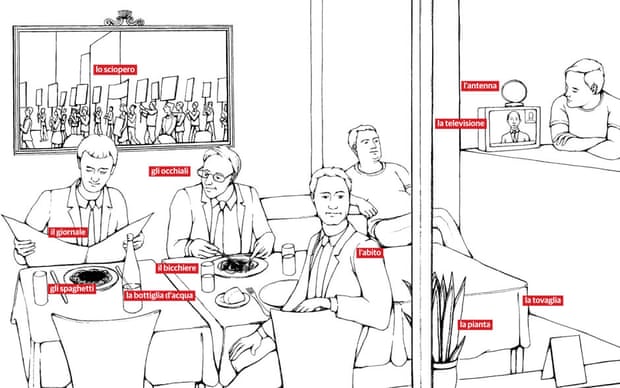Artist and environmentalist Yasir Hussain and sustainability educator Zahra Ali have started the ‘Organic City Pakistan’ initiative, which aims to educate schoolchildren about the importance of greenery and nature. PHOTOS: COURTESY ZAHRA ALI AND YASIR HUSSAIN
At a communal level, other than household or neighbourhood gardens, there is a growing focus now on developing school gardens, where their educational value can also be utilised. Such practices serve another important purpose – that of creating socially cohesive and lively spaces that promote communal bonding.
Karachi, too, is witnessing a movement for positive change. Coming to the scene is Organic City Pakistan. Co-founded by the husband-and-wife team of Yasir Hussain, an artist and environmentalist, and Zahra Ali, a writer and sustainability educator, Organic City Pakistan promotes green living through programmes such as Crops in Pots, Green Schools Programme, horticulture therapy, Art Lab and its Eco-Store.
The Green Schools Programme of Organic City is designed to be piloted in a traditional school set-up in Karachi. At the core of this programme is the Learning Garden, where activity-based gardening and environment classes following a ‘Green Curriculum’ in an organic patch and classroom leads to student certification.
The Organic City team wants to spread this initiative far and wide. As Zahra puts it, “Each school must have a learning garden where children can appreciate nature while observing and learning its divine ways to nurture life. In doing so, children get to understand the impact of the little things they do, and realise that they are global citizens.”
The first such functioning course has been hosted at a local charitable school, the Haq Foundation School. The curriculum serves the core requirements of the Green School Programme as well as hosting a seed bank for growing local heirloom seeds that can be re-harvested.
The programme kicked off last year with the active support of the school management, coordinated by the principal, Samina Asaad. In the first year, the garden had three vegetable patches — one for the students to work on, one shared by the teachers, management and working staff while in the third, the vegetables were taken by a local restaurant. The produce included kale, coloured bell peppers, broccoli, lettuce, herbs such as parsley, and five types of tomatoes, including cherry tomatoes, and the giant-sized brandy vine. For this year there are plans to add eggplant, spinach, pumpkins, carrots, mint and ginger.
The students learn to manage the whole process — from seed to harvest. They prepare the vegetable beds themselves and also learn to prepare compost. In addition to the host school, an educational outreach programme is provided to students from other schools and regular visits take place. The programme has become so popular among the city’s schools that, at a time when the law and order situation in the city was disturbed, Skype sessions took place from the learning garden to the participating schools.

Other than field engagement, every Thursday workshop sessions are held to give the students an even wider perspective, such as informing them about water conservation, chemical-free organic farming and the importance of birds and bees that are attracted to trees and vegetable patches.
The children learn to become global citizens. The practice is now spreading from the school to the homes of the students and the faculty. As Yasir puts it, “The School Farm is supplemented by what children grow at home, which helps spread the practice into the city.” There are plans to see that the programme also starts feeding into mainstream school curriculum. “Schools can easily adopt all or some part of the green curriculum. For example, a school can start composting and turn their paper waste into compost for their plants,” explains Zahra. “Children can make layers of shredded brown or white paper, pencil shavings, fruit peels from their lunch boxes, some dead leaves from the school garden and some sand. [They can then] store it in an air tight container and see how nature turns it into rich compost.”
The team of Organic City, in collaboration with the school management, has now planned to start learning classes in the school premises, open to all members of the community focused on kitchen gardening.

















